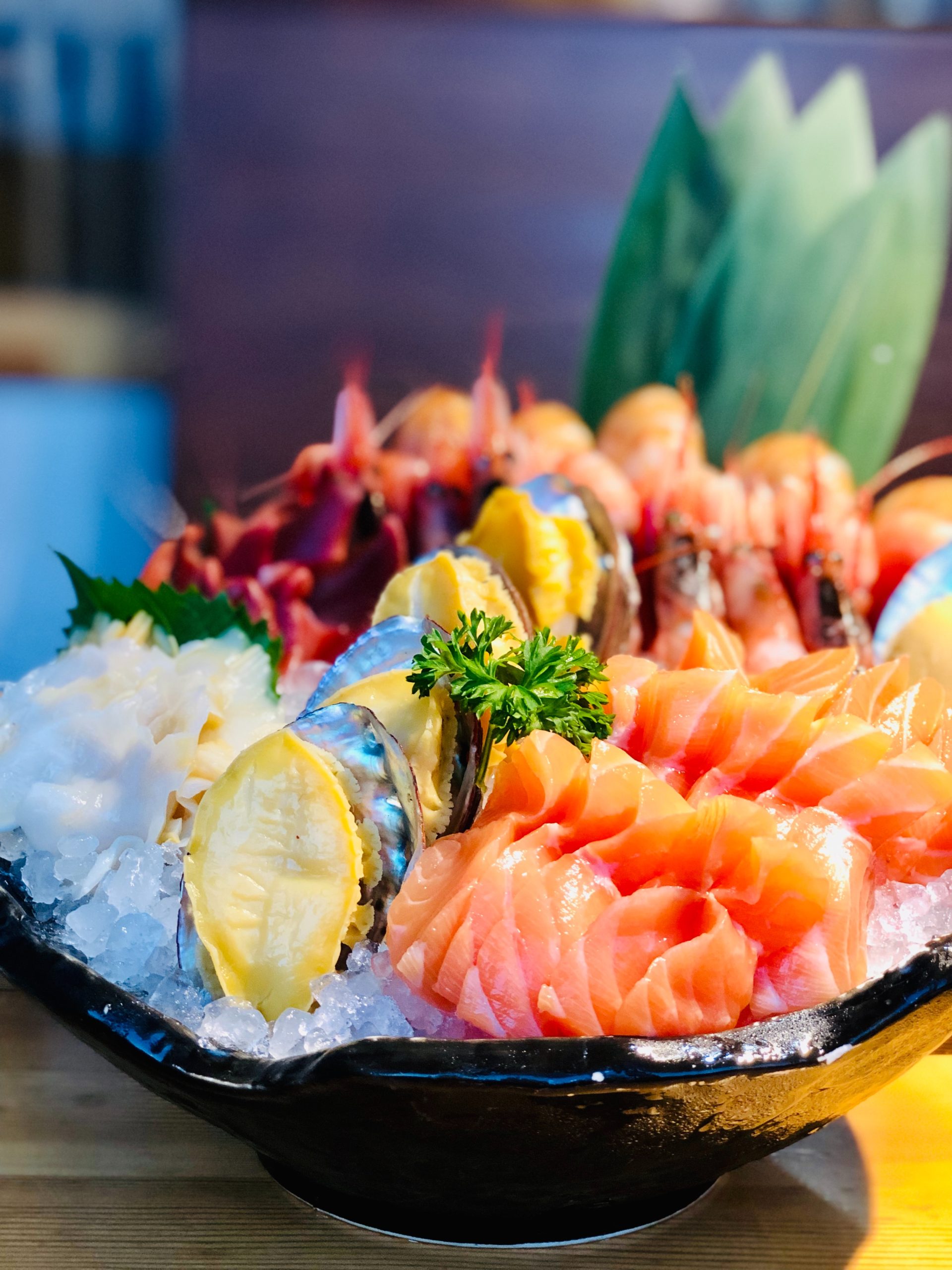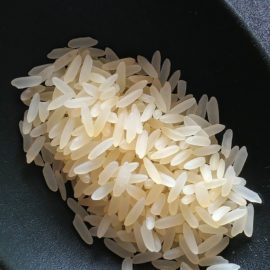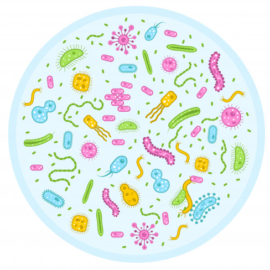
Have you ever wondered how the Japanese prepare sashimi to make it safe to eat?
Sashimi (means pierced body) is a very popular dish in Japan. This dish consists of thinly sliced raw fish served on ice with garnishes such as seaweed, daikon radish, red water pepper sprouts, and herbs. Often times, soy sauce is used as dipping sauce. While it is true that fish (usually tuna or salmon) and seafood are more synonymous with sashimi (actually refers to any type of meat), other meat is sometimes used. For that authentic Japanese sashimi experience, people often go to Japan. But because of a large Japanese cuisine following, sashimi restaurants can also be located in other parts of the world such as Canada, United States, South Korea, the Philippines, Hong Kong, and Brazil.
You might also like: Why You Should Buy Shrimp With Their Heads Removed
As with any other food served and eaten raw, sashimi is not risk-free; it may result in foodborne illness, especially if prepared improperly. And this is what most individuals wonder to themselves before trying this Japanese dish. But food poisoning seems like it is not the case. How do the Japanese exactly prepare sashimi ?
Keep reading.
SASHIMI-GRADE
When it comes to sashimi, everything has to be done with utmost care—from harvest to serving. And it is not just any fish, but one that is so-called ‘sashimi-grade’. Sashimi-grade refers to any fish that is the freshest, of the highest quality, and more importantly, safe to eat raw. But do note that the term sashimi-grade is not an official term; purely for marketing purposes only. Hence, no governing body regulates it. But one thing is sure though— sashimi -grade is fish that has been frozen to at least –4ºF (–20ºC) or below before being sold. Hence, it helps indicate that the fish is safe to consume raw.
HOW FISH FOR SASHIMI IS PREPARED
Fish for sashimi are line caught. To slow quality degradation down and preserve them, they are immediately killed by Ikejime (活け締め). Ikejime is a Japanese way of preparing fish in which a spike is inserted quickly into the hindbrain, causing a quick death and minimizing stress. Ikejime ensures the preservation of flavor and texture by minimizing the effects of biochemical reactions, such as the buildup of adrenaline and lactic acid that degrade the quality of the fish. Plus, the aging that takes place makes the umami taste more pronounced.
Afterwards, the fish are placed in ice or frozen to prevent the growth of bacteria. A much bigger problem when it comes sashimi, sushi, and other seafood eaten raw are parasites, particularly round worms, which too, can be eliminated by low temperature. These parasites consume the flesh of fish. They usually are in the belly flaps or the gut. If ingested, they burrow in our intestine. As a result, symptoms such as abdominal pain, diarrhea, vomiting, nausea, and other discomforts may be experienced.
You might also like: Is Eating Raw Oyster Really Safe?
While sashimi-grade does not actually have any guidelines or standards, the Food and Drug Administration (FDA) has in place some regulations on proper handling and preparation of fish meant for consuming raw. The below guidelines, if religiously followed, ensure the destruction of parasites.
| Freezing at an ambient temperature of -4°F (-20°C) or lower for a total of 7 days |
| Storing and freezing at an ambient temperature of -31°F (-35°C) or lower until solid and subsequent storing at an ambient temperature of -31°F (-35°C) |
| Freezing at an ambient temperature of -31°F (-35°C) or below until solid and subsequent storing at an ambient temperature of -4°F (-20°C) or lower for 24 hours |
COMMON SASHIMI-GRADE FISH
In Japan, the most common fish for sashimi are tuna, salmon, yellowtail, mollusks like abalone, clams, and scallops, and other seafoods like squid. Ideally, the species of fish must be those that dwell in cold, deep water, or in areas away from fish parasites.
Tuna is considered to be one of the few species of fish that is safe enough to consume raw, even with minimal processing. This is because tuna is highly resistant to parasites. This includes bigeye, bonito, yellowfin tuna, albacore, bluefin, and skipjack.
Sashimi restaurants are very meticulous at all times, from selecting only the highest quality fish to maintaining hygiene. This ensures that the food being served to consumers is extremely safe. If you want to enjoy sashimi at home, you will have to be extra careful.
When selecting fish, ensure that the vendor knows anything sashimi. Do they know the term sashimi -grade? Is the fish kept at low temperature? Do they know how or where the fish was sourced? On your part, check the state of the fish. Look for all signs of freshness. Generally, it should smell fresh like seawater, have red gills, firm flesh, bright and intact scales, and shiny bright eyes. You can refer to this guide: These 5 Signs Will Tell You If Fish Is Fresh.
When opting for salmon, always go for farmed salmon. Wild salmon tends to be infested more by parasites since they live most of the time in fresh water.
Sashimi-grade fish has to stay in a low temperature environment, even on your way home so pack it in ice. Remember that eating raw fish will always have risks.
WHICH FISH ARE NOT SAFE TO EAT RAW?
Not all species of fish are safe to be eaten raw. The main problem with raw fish is bacterial and parasitic contamination.
According to Food and Agriculture Organization (FAO), parasitic round worms that are found in the digestive tract and flesh of fish affect only a portion of species of fish. Cod, herring and mackerel are among those more prone to worm infestation.
The cod worm (Phocanema decipiens) can grow up to 4 cm long. It is often curled up in the flesh, usually in the belly flaps, of cod and other species of fish.
The herring worm (Anisakis simplex) is usually found in herring, whiting, mackerel and other species. It can grow up to 2 cm long and is usually found tightly coiled in the belly flaps and the gut. The problem with herring worm is that it is colorless, so it may not be easily observed. When the fish is left ungutted after capture, it may migrate from the gut to the flesh.
Generally, larger fish of the same specie are more infested by round worms. The reason for this is that they tend to eat more, and therefore intake more parasites. Furthermore, as the fish grow older, the number of larval worms increases. The case for wild fish is even worst as almost every kind is infested by parasites.
For these reasons, the Centers for Disease Control and Prevention (CDC), advices to refrain from eating raw or undercooked fish and seafood. Parasites such as round worms do not pose any health risk in a thoroughly cooked fish. Anisakis and Phocanema larvae are easily destroyed by cooking at a temperature of at least 140 °F (60°C) for 1 minute.
How is your experience eating sashimi? Leave a comment below. Much appreciate it 🙂



Pingback:7 Tips Mengonsumsi Sushi & Sashimi yang Aman — Kover Magazine